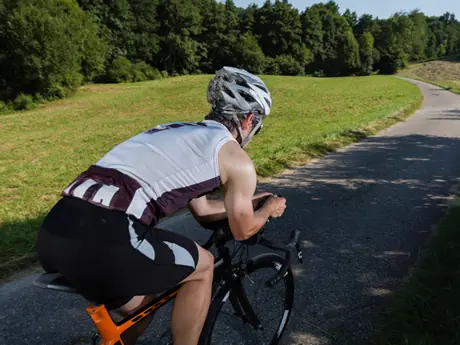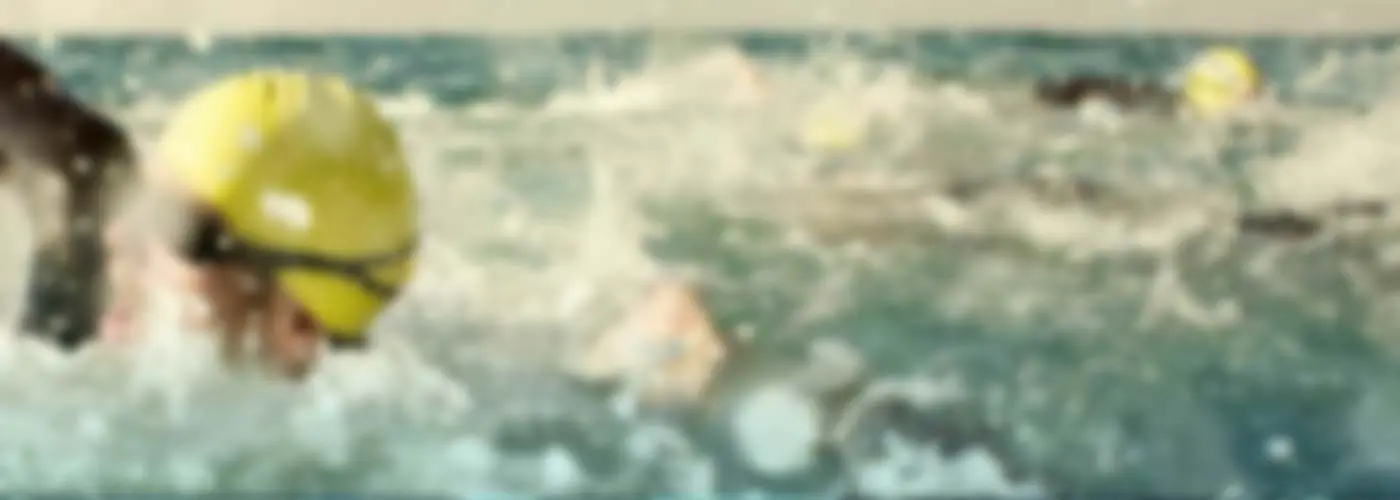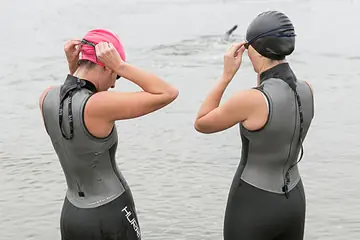
The definition of insanity, they say, is doing the same thing over and over and expecting different results. This principle certainly applies to triathlon. If you want to get faster, you need to change some aspect of how you prepare for races.
But which one?
It is sensible to start with the single most impactful change you could possibly make. When you're enjoying the full benefits of this adjustment, proceed to the next most powerful change.
More: 6 Core Components of Triathlon Training
To make this process easier for you, I've created a list of the top five ways to become a faster triathlete. Start at the top and work your way down over time. (I don't recommend making all of these changes simultaneously, lest you be overwhelmed.)
If you're already doing something on this list, skip it and move on to the following item.
Rebalance Your Training Intensities
The single most common mistake that triathletes make is doing too much of their training at moderate intensity. Exercise scientists define moderate intensity as the zone that falls between the ventilatory threshold, where the breathing rate abruptly deepens, and the lactate threshold, which is the highest intensity at which it is possible to talk comfortably.
Professional triathletes spend 80 percent of their total training time in all three disciplines—swimming, cycling, and running—at low intensity (i.e. below the ventilatory threshold). Recreational triathletes, in contrast, spend less than 70 percent of their total training time at low intensity. You might think that training harder is better, but it's not because it creates a burden of chronic fatigue that is carried from one workout to the next, lowering performance and putting a drag on the fitness-building process.
This was demonstrated in a 2013 study led by Jonathan Esteve-Lanao of the University of Madrid. Nine recreational triathletes were tracked through an entire season as they trained for an Ironman. Those who did the most low-intensity training achieved the fastest race times. Overall, each minute spent at low intensity yielded twice as much performance benefit as each minute spent at high intensity.
Ventilatory threshold intensity, which marks the bottom end of the moderate-intensity zone, falls at a perceived effort level of 5 on a 1-10 scale. Stay below this threshold 80 percent of the time in your swims, rides, and runs and you will get faster.
- 1
- of
- 3
About the Author










Discuss This Article